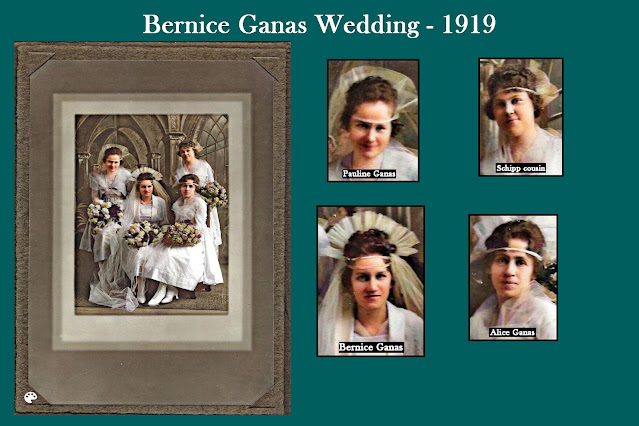I found myself on the 1950 census! Don’t know why it was so important to me, but it was.

It was fun browsing
my Enumeration District in Northlake, IL.
Brought back memories of people I hadn’t thought of in years. I’ll also
look at Northlake’s other ED to find kids in my class at St. John Vianney
school.
I looked for my cousins born in the ‘40’s but didn’t find them
all because I don’t have their 1950 street addresses. At this date, the census has just been released and is not
yet indexed, so you need to know the street address of the person you’re
looking for. More info down below in this post.
Then I went browsing the EDs where my grandparents lived.
I know that in the 1940’s there were several Dachtera
relatives living near my Grandmother’s house. A few of them were still there in
1950 – all in their 70’s by then.
Grandma Ganas was living alone in1950 in the same house
where my mother grew up. I found my
mother’s sister Stella & family, who were living near my Grandma.
Neighborhoods have changed from when I knew them as a child.
Homes where relatives lived in 1940 are occupied by strangers in 1950. I found
that a bit jarring to my memories. It is hard to imagine other families in
those homes that I once knew.
This census is very different from previous ones. The form
is different, and the enumerators’ instructions are very different. Until indexing is completed you must know the 1950
street address of the person you are looking for. With that info you can find the
correct ED (Enumeration District). Once you have that you must browse page by
page to find your person. Or you can
wait a few months for the indexing project to be completed.
It is well worth the time to view YouTube videos to learn
more about it. Here’s one of many Lisa Louise Cooke 1950 Census Seminar
A Google search can also get you to the instructions you
need.
Time marches on. I was 7 years old in April, 1950.




















